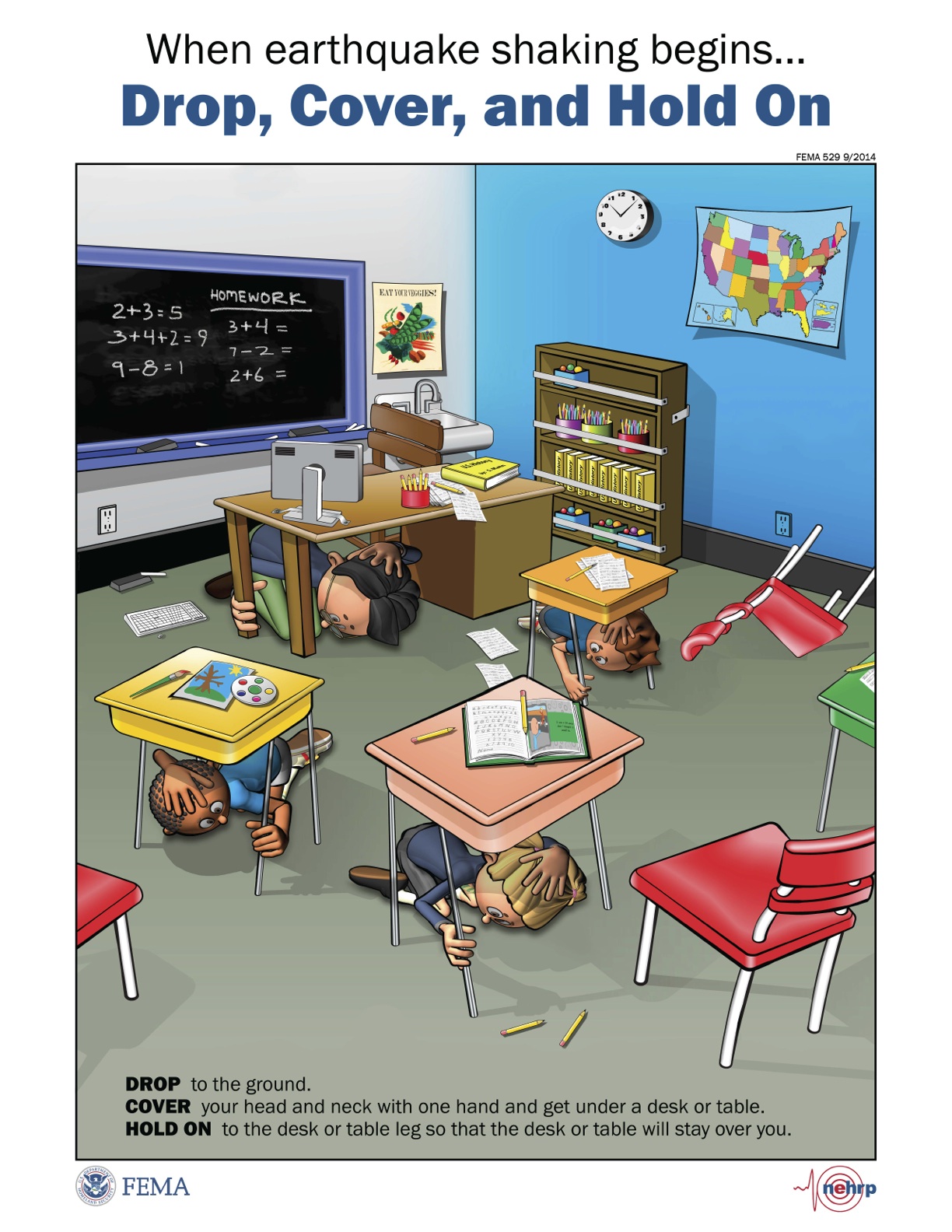To continue with our education theme for the week, we present an article that recently ran in Montessori Life, a publication for Montessori educators and teachers. There are many wonderful Montessori schools throughout our area, and I've seen the benefits the independence-boosting method can have personally, as my older son thrived at a Montessori preschool in central New Jersey, where we lived before we moved to this area seven years ago. In this piece, Montessori teacher Staci Jensen explains how she adapted some in-school approaches to better her daughter's behavior at home. If you like what you read and want to look into Montessori education further, click here for articles about the method and info from Montessori schools in the Delaware Valley.
As a parent and a teacher in a Montessori Primary classroom, I have noticed a glaring disparity between my 6-year-old daughter’s behavior at home and at school. She does fine, independent work in her Montessori school environment, yet when handed a broom after a mealtime at home, tearfully claims she does not know how to sweep.
In a Montessori school, skills are introduced from the simple to the complex, with new elements added gradually. Challenging new work still contains enough familiarity so that the child can succeed. For example, children in my classroom practice tasks such as dry pouring, sponge squeezing, wet pouring, tray wiping, filling and carrying vessels of water, and mopping, all in advance of easel painting. Prior experience creates comfort, confidence, and skill in the child; this structured approach helps each child to work to her fullest potential.
In this pursuit of independence, a child’s home and school environment can be each other’s greatest asset. However, creating a Montessori classroom in the kitchen or living room is simply not practical, though the two environments can provide mutual support as philosophical extensions of the same principles. The gifts we can give our children are adequate time, an economy of age-appropriate and well-communicated expectations, and trust in their innate capabilities, which are the same principles that support Montessori’s educational philosophy.
Very young children are capable of independent work at home, though they must be provided enough time and space to “do it myself.” For example, 3- and 4-year-olds can wipe and dust tables, fold towels, and sort silverware. Older children can clear dishes from the table, fold a wider variety of clothing, and wash windows. Tasks presented without time pressures inherent to modern life give children an opportunity to focus on the job at hand and use their available coordination to attack it. Children require little more than to be kept company while working. However, we parents must be less judgmental and more willing to accept less-than-perfect results as tasks are performed to the best of the child’s abilities. Finally, our children deserve to experience the small struggles that often accompany skill acquisition. In my home, a high-pitched wail signals distress but not the genuine need for assistance. Despite my intellectual knowledge and training, I still suppress the urge to rush to my daughter’s rescue at the first sign of frustration. We rob our children of valuable learning opportunities when we step in, and worse still, may reinforce their sense of helplessness.
Recently I vowed to try a different approach with my daughter, remembering a quote from The Montessori Method: “The child who does not do, does not know how to do” (The Montessori Method, p. 109). I began by analyzing the sweeping task, and removing any sense of time restriction (we swept instead of taking a bath that evening). I asked her to fetch a broom, and was surprised to see her return instead with a small hand broom and dustpan. Apparently, these were the tools she had used in sweeping her own small area of her classroom. I had erroneously assumed that she knew how to use a regular broom to sweep a large area. After showing her how to use a child’s upright broom for this task, I walked away to give her space to work, despite her protests that it was “too hard.” Half an hour later she finished the kitchen and offered to sweep the living room as well. While not a perfect job, the smiling child in front of me was visibly basking in the contentment of her independent endeavor.
I cannot say that my child has blossomed into an efficient, joyful sweeper of floors. However, that evening she began learning a valuable skill, and more importantly exceeded her own internal expectations. For me, this experience was a reminder that parents and teachers share the common goal of raising confident, independent children. If we as parents can take the time to provide better opportunities for children to do for themselves at home, we are assisting them as they grow into independent, competent adults.
Staci Jensen is a lead teacher in the Primary Division of Westminster School in Oklahoma City. She will complete the course requirements for AMS certification (Early Childhood) in the spring of 2014. She has a certification in music education from the University of Oklahoma.
This article originally appeared in Montessori Life. © 2013 American Montessori Society. Used with permission. All rights reserved. www.amshq.org
Reference: Montessori, M. (2010). The Montessori Method. Readaclassic.com.






